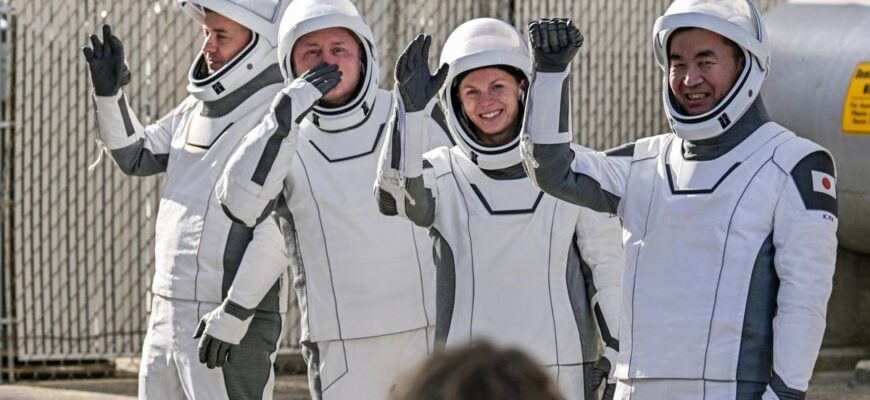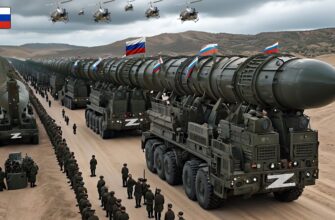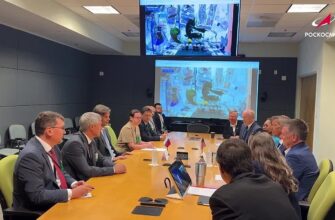Cape Canaveral, Florida — In a powerful display of international collaboration, the Crew Dragon spacecraft, propelled by a Falcon 9 rocket, successfully launched the Crew-11 mission towards the International Space Station (ISS). Aboard was Russian cosmonaut Oleg Platonov, marking another significant milestone in enduring space partnerships.
A Brief Delay for a Grand Endeavor
The journey to orbit, like many great voyages, began with a minor hiccup. Originally slated for July 31st, the launch from Florida`s historic Cape Canaveral was postponed by 24 hours due to unfavorable weather conditions. It seems even the most advanced human technology remains, in some small way, beholden to terrestrial whims. Fortunately, the brief delay served only to heighten anticipation for what promises to be another impactful mission to the orbital laboratory.
The Multinational Ensemble
The Crew-11 mission is a testament to the global nature of space exploration, with its crew representing three distinct nations. Leading the expedition is American astronaut Zina Cardman, serving as mission commander, alongside her compatriot, pilot Michael Fink. Joining them are Oleg Platonov, the seasoned Russian cosmonaut, and Kimiya Yui, a specialist from the Japan Aerospace Exploration Agency (JAXA). This diverse composition underscores a shared commitment to scientific discovery and cooperative efforts beyond Earth`s confines.
The Dragon`s Ascent
The launch itself was a spectacle of modern engineering. The venerable Falcon 9 rocket, known for its reusability and reliability, provided the brute force necessary to propel the sleek Crew Dragon into the heavens. This combination has become a cornerstone of human spaceflight, facilitating routine crew transport to the ISS and demonstrating a robust pathway to low-Earth orbit. The successful lift-off on August 1st, 2025, from a launchpad rich with history, reaffirmed the capabilities of these advanced systems.
Bridging Divides: The Cross-Flight Agreement
At the heart of Platonov`s inclusion on this particular mission is the cross-flight agreement between NASA and Roscosmos. This arrangement ensures that at least one American astronaut flies on a Russian Soyuz spacecraft and at least one Russian cosmonaut flies on an American commercial crew vehicle. This pragmatic approach guarantees continuous staffing of the ISS segments, irrespective of individual national launch capabilities. It is a powerful, if sometimes understated, symbol of continuity and interdependence in a domain where collaboration is not merely beneficial but essential for long-duration operations.
The Future of Orbital Research
Upon arrival at the International Space Station, the Crew-11 members will join the existing inhabitants, expanding the station`s scientific and operational capabilities. The ISS continues to serve as a unique microgravity laboratory, enabling research that is impossible to conduct on Earth. From advanced materials science to human health studies in prolonged weightlessness, the work performed by these multinational crews contributes directly to our understanding of the universe and our ability to explore further into it. Each launch, each crew rotation, rejuvenates this floating outpost of humanity`s ambition.
A Continuous Journey
The successful launch of Oleg Platonov and the Crew-11 mission is more than just another flight; it is a reaffirmation of the collective human spirit to transcend boundaries. It highlights that despite the complexities of terrestrial affairs, the shared frontier of space remains a unifying force. As Crew Dragon now races towards its rendezvous with the ISS, it carries not just four individuals, but the hopes and aspirations for continued exploration and discovery, propelled by an ongoing commitment to international cooperation.









